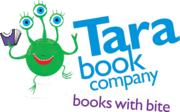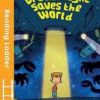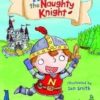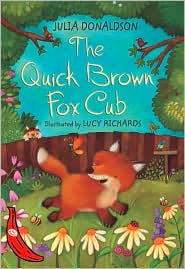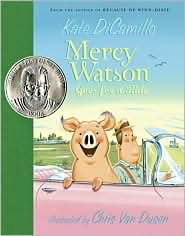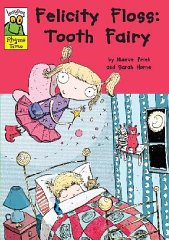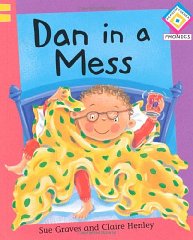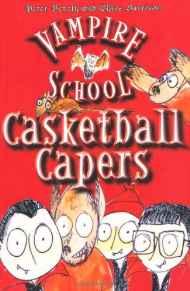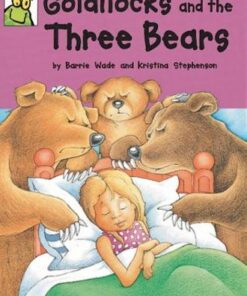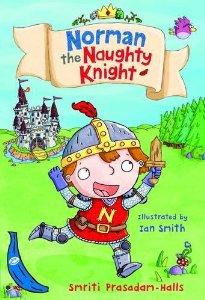The Quick Brown Fox Cub (Reading Ladder Level 3)
Author: Donaldson, Julia
Reading Age: 7 to 8 Second Class
Publisher: Egmont Books Ltd
Illustrator: n/a
ISBN-13: 9781405282406
Number of pages: 48
Children’s Literature
Fisk is a ‘quick brown fox cub’ who lives with his mother, brother, and sister in a burrow in the woods. Fisk has a tendency to wander off, so his moth... Read more
€7.68 Original price was: €7.68.€6.00Current price is: €6.00.
Sorry, All sold out!

Children’s Literature
Fisk is a ‘quick brown fox cub’ who lives with his mother, brother, and sister in a burrow in the woods. Fisk has a tendency to wander off, so his mother decides she will move the clan to town, where there are not any hunters. The move to town does not dampen Fisk’s curiosity and he wanders about during the day when he is supposed to be sleeping. During his explorations, he follows his nose into a house occupied by a young girl. He becomes fascinated by her ‘magic box’ (the television) and returns again, in time to follow young Jenny to school. There he learns of magic marks, which spell out ‘the quick brown fox jumps over the lazy dog’. Fisk continues his explorations at school and is finally detected when he gets a can stuck on his nose while rummaging in the dumpster. He is caught on tape and later finds himself on Jenny’s magic box during a special on foxes. This is a ‘Red Banana’ in the ‘Bananas’ series, intended for ages 6 to 8 that ‘helps children progress from the first stages of reading toward chapter books’. It is a mediocre help at best. The stories are mildly entertaining but some things are a bit off. Mother mentions that she lived in town ‘before I met your father,’ but there is no mention of where father is now. Did the hunters get him? Mother fox moves from the country to keep Fisk safe, but does nothing when he spends all day exploring by himself. The adults on the playground are more concerned with videotaping Fisk than the safety of the children who run up to the stuck animal. The illustrations are lovely, done in very nice earth tones, and help somewhat in improving the book. If you need a large collection of very short stories, it is not a bad choice; it’s just notan outstanding one.
Red Bananas
These would suit NC level 3 readers, second class ages 8 to 9
Reading challenges and support offered by the books:
These books offer longer stories than the Blue Banana books. The stories are divided into chapters. This structure will support children’s understanding of how to read longer books.
The chapter structure also allows children to think about how chapters begin and end. Stopping to think about this, talking about what has happened in the chapter and what might happen in the next will also help children’s understanding of story shape and support both their reading and their writing.
Within the chapters, stories are paragraphed, another development from the Blue Bananas. This will again help children to chunk up their reading and make sense of longer units of text. They may need to be taught how to do this.
The stories increase in complexity within this strand of the series. Some stories (like Dragon Boy by Pippa Goodhart) demand that children empathise with a character who is different. Some stories (like Press Play by Anne Fine) include different kinds of texts within the main texts, which places extra demands on children who have to recognise the different ‘voices’.
The language within the books becomes more literary. As well as similes and word play, there is also lyrical description. Some children may find this more difficult to read, but can be encouraged to use the descriptions to create images in their heads, and may also be encouraged to think about the choices and intentions of the writer.
